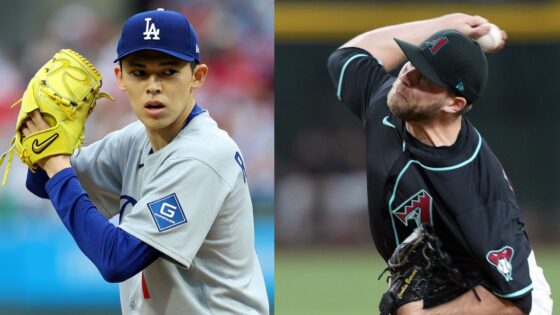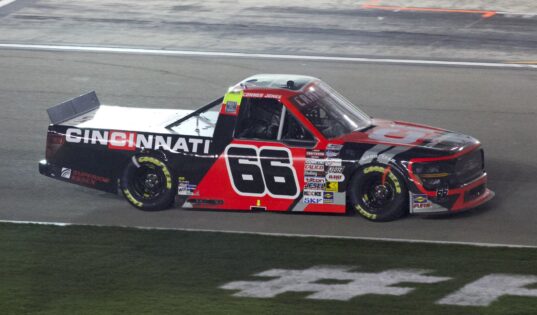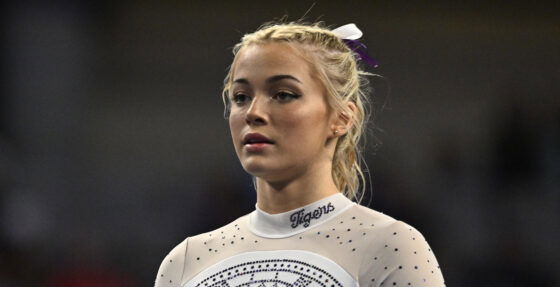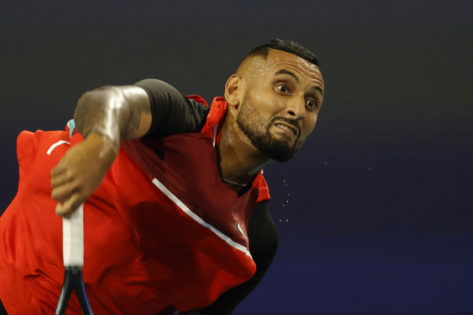It’s always the new kid on the block who grabs the attention. A big entrance, global hype, and a heater that once touched 101 on the radar gun. All this was tailor-made for headlines. When Rōki Sasaki, the Japanese baseball star, landed with the Dodgers, the team wasted no time placing him front and center. No one could blame them—the buzz was irresistible.
However, in MLB, buzz does not win ballgames. Yet, while the Los Angeles Dodgers continue to nurture the young star’s learning curve, there’s another face—quieter and far more reliable. Corbin Burnes is doing the heavy lifting without the noise. Maybe it’s time we start giving credit where it’s actually due.
Sometimes, it’s about who’s loudest—it’s about who performs when it matters. While the second-richest team in MLB continues to wrap its hands around Sasaki’s rookie curve, Burnes is out there just doing his job. Time to dig deeper into this situation.
After missing a start because of shoulder inflammation, Burnes returned to the Arizona Diamondbacks on May 10. Then, he flat-out dominated his team, who looked hesitant to appreciate the star’s value. In a much-needed bounce-back win for the D-Backs, Burnes tossed seven shutout innings. In addition, he gave up just five hits, walked two, and struck out five. As Bill Plunkett said, “Mr. Burnes unleashed the hounds and went 7 innings of a shutout victory for the DBacks.” That’s not just a number—that’s a statement.
Now time to be real: Burnes does not exactly come cheap. Arizona signed him with $210 million for a reason, and it’s starting to show. He delivered a 2.95 ERA across 39.2 innings in just seven starts this season. Yes, a 4.3 BB/9/9the walk rate is a bit low; however, the man is chewing innings and keeping runs off the board. On the other hand, there’s Sasaki. His ERA is hanging around at 4.72, with just 34.1 innings, which is fewer than Burnes. He also has fewer strikeouts, 24, and far less command. Though he’s still adjusting to the major league’s speed, Burnes is doing elite things. Still, he’s being treated like he’s just another guy in the rotation.
#Dodgers and DBacks romped for 25 runs last night. Tonight, the roof was closed and the lid was on the offenses. Mr. Burnes unleashed the hounds and went 7 innings of a shutout victory for the DBacks.https://t.co/VgsfsJPcvu
— Bill Plunkett (@billplunkettocr) May 11, 2025
What makes this moment feel more off-balance is the attention Sasaki is getting. The 23-year-old fastball consistently was 98-101 mph when he was in Japan. However, it’s currently only 94.9 mph. The drop is noticeable, and his team’s skipper, Dave Roberts, didn’t hesitate to highlight the concern. He said, “I am more concerned about the command… then command becomes more of a priority, which I think it should be regardless.” That is a coded message. However, the leash still looks long.
Sasaki has struggled with giving up early runs and being pulled early, like during that 61-pitch outing against the D-Backs, when he gave up two first-inning home runs and couldn’t finish five innings.
So why does Burnes, with his elite record, better ERA, and the recent win against the Dodgers, keep flying under the radar? It’s time fans flip the script. He is not just earning his paycheck—he is anchoring the rotation. However, the Dodgers look too caught up in their new experiment to acknowledge that the real ace might have just shut them down. The data don’t lie. But the narrative? That could definitely use some truth.
Cracks in Dodgers’ command
Now there is a part which does not show up in a box score: sometimes, the raw tools just don’t connect the way you expect them to. That’s the growing realization with Sasaki. While the team hasn’t lost faith, they would admit something has been off. From the outside, it is easy to pin Sasaki’s struggles on nerves and rookie fatigue; however, the reality is more technical—and frankly, more frustrating.
Sasaki himself has not dodged the issue. He admitted he is still trying to figure it out, saying through his interpreter that he’s in the “process of finding out the root cause.” That tells you everything. Such an uncertainty is not just unusual—it is unsettling, especially in a market like the Dodgers, where every pitch is under a microscope.
But if you look deeper, a clearer picture emerges. Dodgers coach Mark Prior dropped a vital clue when he noted that Sasaki was trying to “dial things back.” It is a classic issue—trying to manage power and precision at the same time. However, in his case, the more he tries to fix one, the more the other suffers. That’s led to a fastball that’s not just missing spots, but also losing its edge.
Still, the Dodgers are not sensing the alarm. Roberts was very clear about the nature of his young talent. He said, “When you get youth and talent, which is Roki, what that introduces is variance.” In other words, they knew some turbulence would come, which helps explain why, despite the bumps, they are still fully onboard the Sasaki project.
There’s a real difference between giving up and giving space. The Dodgers are choosing the latter—working with Sasaki behind the scenes, making subtle tweaks, and waiting for the version of him that had scouts drooling last year to show up again. That version might not be far off. But until then, the reality is that this is still a work in progress, one backed by potential but haunted, for now, by inconsistency.
There’s no harm in believing in potential, but there’s something off about ignoring proven excellence in the process. While the Dodgers continue to nurture Sasaki’s development, Burnes is out there doing what aces do—delivering when it matters. One is still learning how to command the zone; the other just dominated the Dodgers without much fuss. It’s not about giving up on Sasaki—it’s about giving Burnes the credit he’s clearly earned.
`
The post $218M Starter Deserves More Respect From Dodgers Amid Failing Roki Sasaki Experiment appeared first on EssentiallySports.



